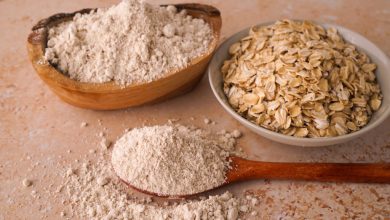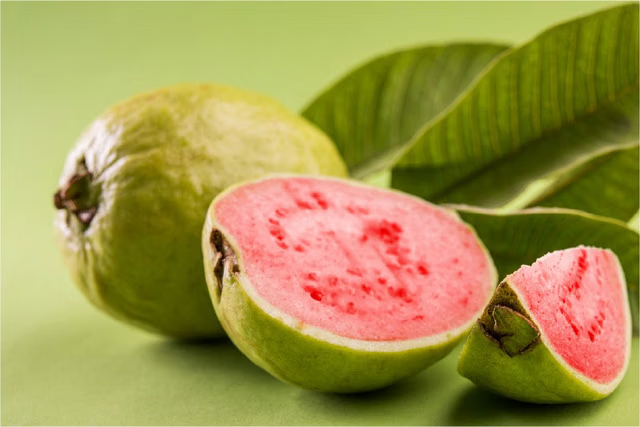Cranberry Beans (Roman) – Raw, Mature Seeds
Cranberry beans, also known as Roman beans, are a versatile and nutrient-dense legume variety commonly used in various dishes. These mature, raw seeds are packed with a wealth of essential nutrients, making them a valuable addition to your diet. Known for their rich flavor and striking red and white speckled appearance, cranberry beans are an excellent source of protein, fiber, and several key vitamins and minerals.
Nutritional Information (per 100g)
| Nutrient | Amount |
|---|---|
| Energy | 335 kcal |
| Protein | 23.03 g |
| Fat | 1.23 g |
| Saturated Fat | 0.316 g |
| Carbohydrate | 60.05 g |
| Fiber | 24.7 g |
| Sugar | 0.0 g |
| Calcium | 127 mg |
| Iron | 5.0 mg |
| Magnesium | 156 mg |
| Phosphorus | 372 mg |
| Potassium | 1332 mg |
| Sodium | 6.0 mg |
| Zinc | 3.63 mg |
| Copper | 0.794 mcg |
| Manganese | 0.92 mg |
| Selenium | 12.7 mcg |
| Vitamin C | 0.0 mg |
| Thiamin (Vitamin B1) | 0.747 mg |
| Riboflavin (Vitamin B2) | 0.213 mg |
| Niacin (Vitamin B3) | 1.455 mg |
| Vitamin B6 | 0.309 mg |
| Folate (Vitamin B9) | 604 mcg |
| Vitamin B12 | 0.0 mcg |
| Vitamin A | 0.0 mcg |
| Vitamin E | 0.0 mg |
| Vitamin D2 | 0.0 mcg |
Health Benefits
Cranberry beans are a great source of plant-based protein, with a generous amount of fiber that helps support digestive health and promote a feeling of fullness. They are naturally low in fat, containing only small amounts of healthy fats, including a minimal amount of saturated fat. These beans are an excellent choice for those seeking to maintain heart health, as they provide a rich supply of potassium, which is beneficial for regulating blood pressure.
Additionally, cranberry beans are rich in several vital minerals such as magnesium, phosphorus, and calcium, all of which contribute to bone health and muscle function. The high iron content makes them an excellent choice for individuals looking to boost their iron intake, which is particularly important for maintaining healthy red blood cells.
Allergen Information
Cranberry beans are naturally free of common allergens such as gluten, dairy, nuts, and soy. However, like all legumes, they may cause digestive discomfort for some individuals, particularly those who are sensitive to certain types of fibers. If you have a known legume allergy, it is advised to avoid cranberry beans.
Dietary Preferences
Cranberry beans are a wonderful option for various dietary preferences, including:
- Vegan
- Vegetarian
- Gluten-Free
- High-Fiber Diet
- Low-Sodium Diet
The impressive fiber content also makes cranberry beans ideal for those following a weight-management plan, as fiber helps to support satiety.
Cooking Tips and Advice
Before cooking cranberry beans, it is essential to soak them overnight or at least for 6-8 hours to reduce cooking time and improve digestibility. Cooking them in plenty of water or broth with a pinch of salt and your choice of herbs or spices will enhance their flavor. You can incorporate cranberry beans into soups, stews, salads, or as a filling for wraps and tacos.
For a faster cooking process, you may also consider using a pressure cooker to reduce the cooking time significantly. Ensure the beans are fully cooked before consuming them, as raw or undercooked beans can cause digestive discomfort.
Conclusion
Cranberry beans, also known as Roman beans, are a nutritious and versatile ingredient, offering an array of health benefits, including high protein, fiber, and essential minerals. Whether used in hearty soups, light salads, or as a side dish, these beans make a wonderful addition to a balanced diet. Their rich nutrient profile supports overall health, from digestive wellness to heart health, and they fit seamlessly into a variety of dietary preferences, making them a valuable pantry staple.










